Living in a fire hazard zone requires an understanding of specific risks and consultation with local authorities. Homeowners should review their insurance coverage for adequate protection. Insurance rates are affected by location, fire risk assessment and fire protection measures. Special insurance options and advanced replacement cost endorsements are available. After a fire, homeowners must contact their insurance company, document the damage, and file a claim. Steps to protect property include creating a protective space and using fire-resistant materials.
Living in a fire-prone area can present a unique set of challenges for homeowners. The threat of wildfires is a constant concern, and ensuring your property is properly protected becomes a top priority. Homeowners insurance plays a critical role in providing financial security in the event of a fire, but coverage and rates can vary greatly depending on the level of risk. In this article, we’ll look at the complexities of homeowners insurance in fire-prone areas. We’ll discuss the risks associated with living in these areas, factors that affect insurance rates, specialized policies for high-risk areas, the fire claim process, and steps homeowners can take to protect their property. By understanding the ins and outs of homeowners insurance in fire-prone areas, homeowners can make informed decisions about protecting their homes and property.
- 1. Understanding the risks: homeowner’s insurance in fire-prone areas
- 2. Fire Prevention and Mitigation: Key Factors Affecting Homeowners Insurance Rates
- 3. Special policy for high-risk areas: study of options for fire-prone areas
- 4. Navigating the Claims Process: How Homeowners Insurance Responds to Fire Damage
- 5. Preparedness and Safety Measures: Steps Homeowners Can Take to Protect Their Property in Fire Hazard Areas
1. Understanding the risks: homeowner’s insurance in fire-prone areas
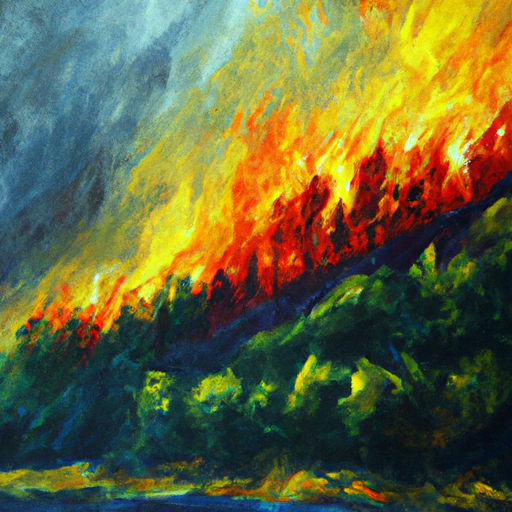
Living in a fire-prone area can be both beautiful and risky. While the picturesque scenery and peaceful surroundings attract homeowners, the threat of wildfires is a constant looming threat. In such areas, it is extremely important for homeowners to understand the risks associated with fires and to ensure that they have adequate homeowner’s insurance coverage.
The first step to understanding the risks is to familiarize yourself with the specific fire hazards common in the region. Different areas have different types of vegetation, weather conditions, and proximity to wilderness, all of which contribute to the likelihood of wildfires. Homeowners should consult with local fire departments, forestry services or other relevant authorities to gather information about the history of wildfires in their area, as well as potential future incidents.
After understanding the risks, homeowners can evaluate their insurance coverage to make sure it provides adequate protection. Standard homeowners insurance policies usually include fire damage coverage. However, it is important to read the policy carefully and understand the scope of coverage provided. Some policies may have limitations or exclusions
2. Fire Prevention and Mitigation: Key Factors Affecting Homeowners Insurance Rates
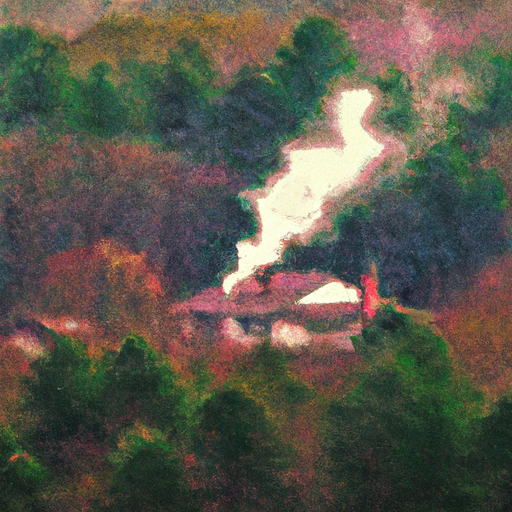
Fire Prevention and Mitigation: Key Factors Affecting Homeowners Insurance Rates
Living in a fire hazard zone can be a cause for concern for homeowners. The risk of forest fires is a constant threat and it is imperative for people living in such areas to take the necessary steps to prevent and mitigate fires. Not only does this help protect life and property, but it also plays an important role in determining your homeowners insurance rates.
Insurance companies take various factors into account when calculating premiums for homeowners who live in fire-prone areas. Here are some key factors that affect homeowner’s insurance rates related to fire prevention and mitigation:
1. Location and fire risk assessment: The location of a property relative to fire hazard zones is a critical factor assessed by insurers. Homes located in close proximity to forests, bushland or areas with a high number of wildfires are at greater risk. Insurance companies assess the fire risk of a particular location by taking into account historical fire data, topography, vegetation and fire department response times. The higher
3. Special policy for high-risk areas: study of options for fire-prone areas
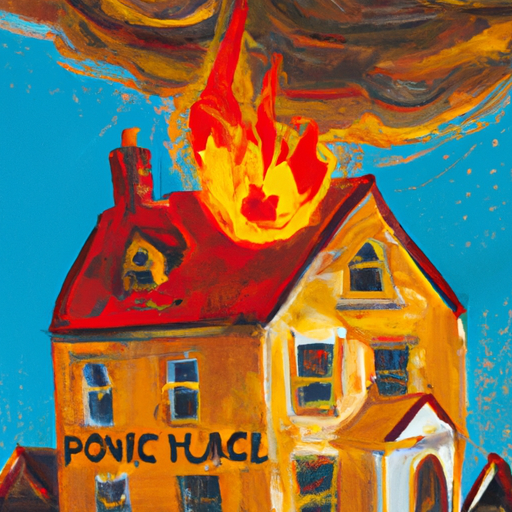
Living in a fire-prone area comes with its own set of challenges, and homeowners insurance is one aspect that requires careful consideration. Insurance companies have recognized the risks associated with these areas and have developed special policies to meet the needs of homeowners living in fire-prone areas.
One option available to homeowners in fire-prone areas is a special fire insurance policy. These policies are specifically designed to provide coverage for damage caused by fire, including destruction of property and its contents. Unlike standard homeowner’s insurance, which may provide limited fire-related coverage, specialty fire insurance policies offer comprehensive fire-related coverage.
In addition to fire insurance, homeowners in fire-prone areas may also be able to purchase extended replacement cost endorsements. This endorsement ensures that in the event of a fire, the homeowner will receive sufficient compensation to restore their home to its original condition, even if the cost exceeds the insurance policy limit. This is especially important in areas where construction costs can be significant
4. Navigating the Claims Process: How Homeowners Insurance Responds to Fire Damage
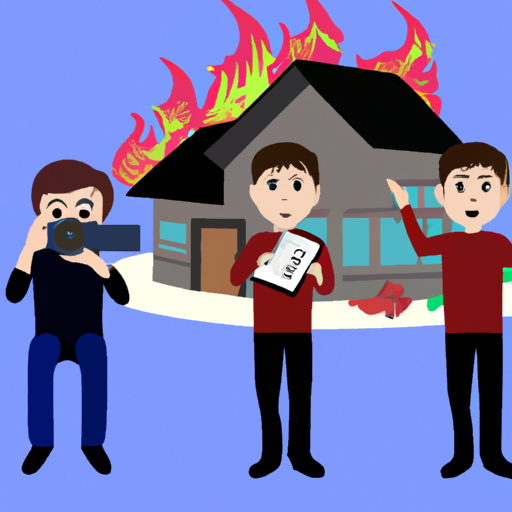
When disaster strikes and a homeowner suffers fire damage, it can be an extraordinary and devastating event. Fortunately, homeowners insurance is designed to provide financial protection and help with the recovery process. The claims process after a fire can be complicated and time-consuming, but understanding how homeowners insurance responds to fire damage can help homeowners navigate this difficult situation.
The first step after a fire is to contact the insurance company and file a claim. The insurance company will appoint a consultant who will assess the extent of the loss and determine the amount of coverage. It is important for homeowners to document the damage by photographing and making a list of all items that were lost or damaged in the fire. This will help validate the claim and ensure that homeowners are properly compensated.
After submitting a claim, the insurance company will begin the claims process. This usually involves an investigation to determine the cause of the fire and verify the homeowner’s claim. The insurance company may request additional documentation or information from the homeowner
5. Preparedness and Safety Measures: Steps Homeowners Can Take to Protect Their Property in Fire Hazard Areas
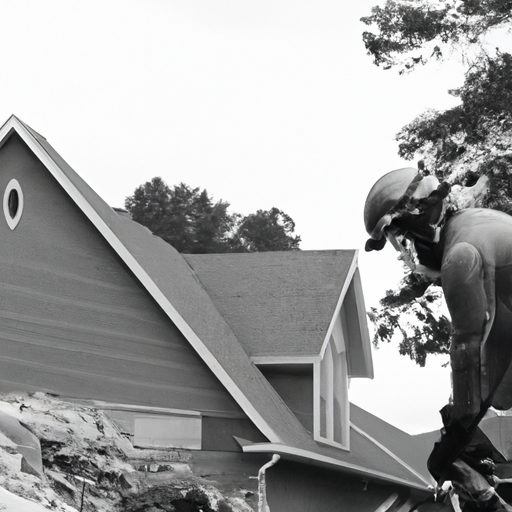
Living in a fire hazard zone can be a cause for concern for homeowners. However, there are several steps that homeowners can take to protect their property and ensure their safety in such locations. Preparedness and safety measures are critical to reducing the risks associated with fires. Here are five important steps homeowners can consider:
1. Create a protective space. Maintaining a buffer zone around your property is vital to bushfire protection. This involves removing dead vegetation, trimming trees and bushes and regularly mowing the lawn. By creating a buffer zone, you can reduce the risk of fire spreading to your home.
2. Install fire-resistant materials: Using fire-resistant materials when renovating or building your home can greatly increase its safety. Choose fire-resistant roofing materials, such as metal or shingles, and consider using fire-resistant siding. Additionally, installing tempered glass windows and fire-resistant doors can help prevent flames and embers from entering your home.
3. Cleaning of gutters and roofs: Regularly
In summary, homeowners insurance in fire-prone areas presents unique challenges and considerations. Understanding the risks and having the appropriate coverage is important for homeowners in these areas. Fire prevention and mitigation efforts play an important role in determining insurance rates, and homeowners should take preventative measures to reduce their risk. Special policies are available for high-risk areas, offering additional protection and peace of mind. In the unfortunate event of a fire, homeowners insurance can provide the financial support you need to rebuild and rebuild. However, it is important for homeowners to familiarize themselves with the claims process and ensure that they have taken the necessary safety precautions to protect their property. By being prepared and taking preventative measures, homeowners can cope with the challenges of living in fire-prone areas while protecting their most valuable asset – their home.
 Purex find
Purex find